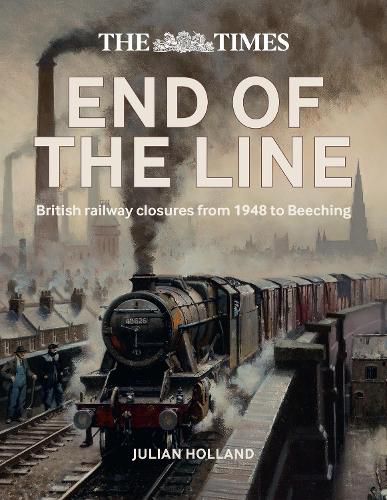Readings Newsletter
Become a Readings Member to make your shopping experience even easier.
Sign in or sign up for free!
You’re not far away from qualifying for FREE standard shipping within Australia
You’ve qualified for FREE standard shipping within Australia
The cart is loading…






Covering the period from 1948 to 1996, The Times End of the Line chronologically traces the history of over 400 of long forgotten railway lines, region by region, from their opening to closure and a few cases to reopening.
For such a small country, Britain once possessed one of the most intensive rail networks in the world which, by the outbreak of the First World War, had reached a peak of 23,440 route miles.
Two world wars and nationalisation of the railways brought about significant closures. Then on 27 March 1963 Dr Richard Beeching’s report, The Reshaping of British Railways, was published. This was the final nail in the coffin for Britain’s railways which eventually brought closure over the following years to a further 4,500 route miles, 2,500 stations and the loss of 67,700 jobs.
This comprehensive guide will be illustrated with regional maps and rare archive photographs, transporting the reader back to the era of steam when railways still played an important role in daily life.
$9.00 standard shipping within Australia
FREE standard shipping within Australia for orders over $100.00
Express & International shipping calculated at checkout
Covering the period from 1948 to 1996, The Times End of the Line chronologically traces the history of over 400 of long forgotten railway lines, region by region, from their opening to closure and a few cases to reopening.
For such a small country, Britain once possessed one of the most intensive rail networks in the world which, by the outbreak of the First World War, had reached a peak of 23,440 route miles.
Two world wars and nationalisation of the railways brought about significant closures. Then on 27 March 1963 Dr Richard Beeching’s report, The Reshaping of British Railways, was published. This was the final nail in the coffin for Britain’s railways which eventually brought closure over the following years to a further 4,500 route miles, 2,500 stations and the loss of 67,700 jobs.
This comprehensive guide will be illustrated with regional maps and rare archive photographs, transporting the reader back to the era of steam when railways still played an important role in daily life.